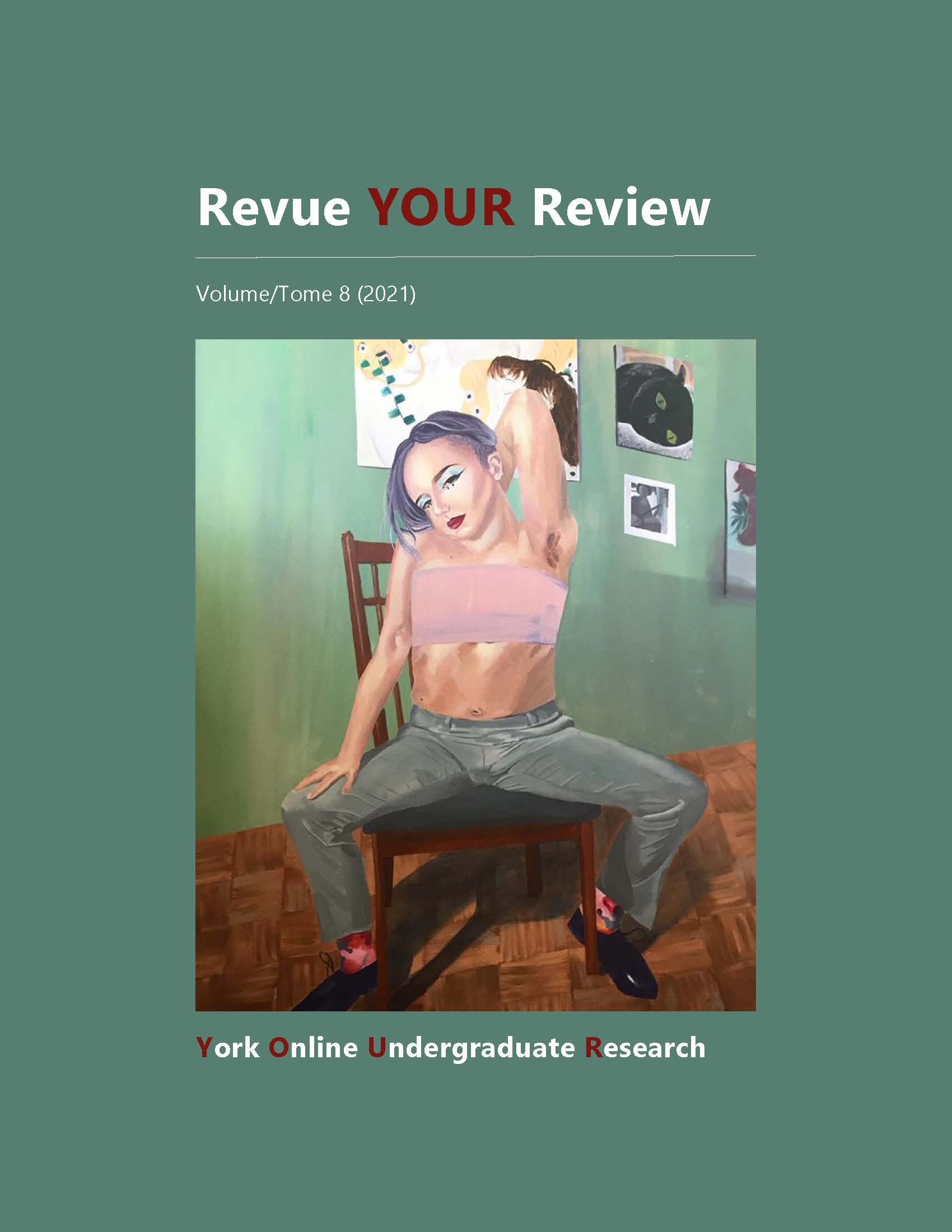Are we doing enough to protect black-tailed prairie dogs?
Abstract
According to the Committee on the Status of Endangered Wildlife in Canada, the black-tailed prairie dog is a profoundly threatened species with a drastically declining population, leaving only a small Canadian group remaining in southern Saskatchewan. This scoping review identifies their ecological role, high-impact threats, proposed management plans, and gaps in the effectiveness of these plans. Prairie dogs are keystone species that play a large ecological role in their communities, from maintaining nutrient and moisture-rich soil for plant species to serving as important prey for several rare and endangered species, and more. The two main threats of a significant population drop with low likelihood of recovery are the sylvatic plague and droughts. As part of a management plan, these species are held within the range of Grassland National Park. Although this initiative is useful for preventing human-induced threats (e.g., hunting or intentional poisoning by landowners), the high concentration in such a small area makes the threat of a plague outbreak among these highly social creatures more devastating and likely irreversible. Through our analyses, we argue that the existing management plan is not sufficient to protect these species, given the projected increase of extreme climate events. As the impacts of climate change become more severe, the frequency of droughts will rise, which will simultaneously weaken the animals’ defenses against the plague. This will ultimately leave the black-tailed dog population vulnerable and there is bound to be a cascading population collapse within species in their community.
Downloads
Published
How to Cite
Issue
Section
License
LicenseAuthors contributing to Revue YOUR Review agree to release their articles under one of three Creative Commons licenses: Creative Commons Attribution 4.0 International; Creative Commons Attribution-NonCommercial 4.0 International; or Creative Commons Attribution-NoDerivatives 4.0 International. All editorial content, posters, and abstracts on this site are licensed under Creative Commons Attribution-NoDerivatives 4.0 International. For further information about each license, see:
https://creativecommons.org/licenses/
In all cases, authors retain copyright of their work and grant the e-journal right of first publication. Authors are able to enter into other contractual arrangements for the non-exclusive distribution of the e-journal's published version of the article (e.g., post it to an institutional repository or publish it in a book or in another journal), with an acknowledgement of its initial publication in this e-journal.


